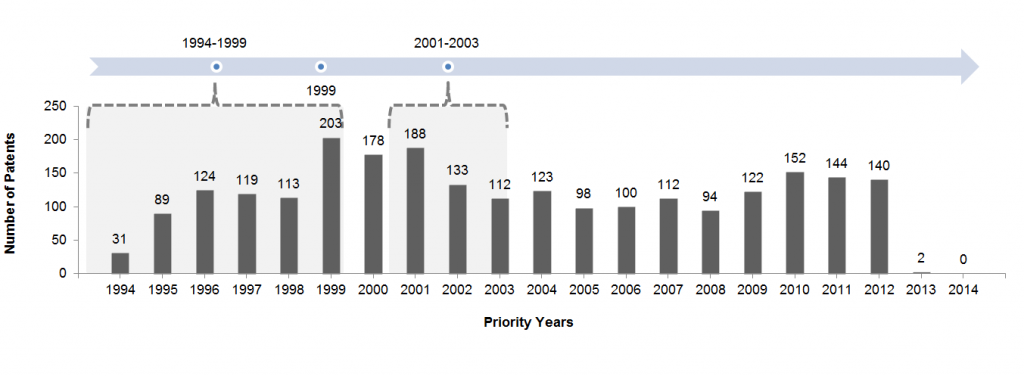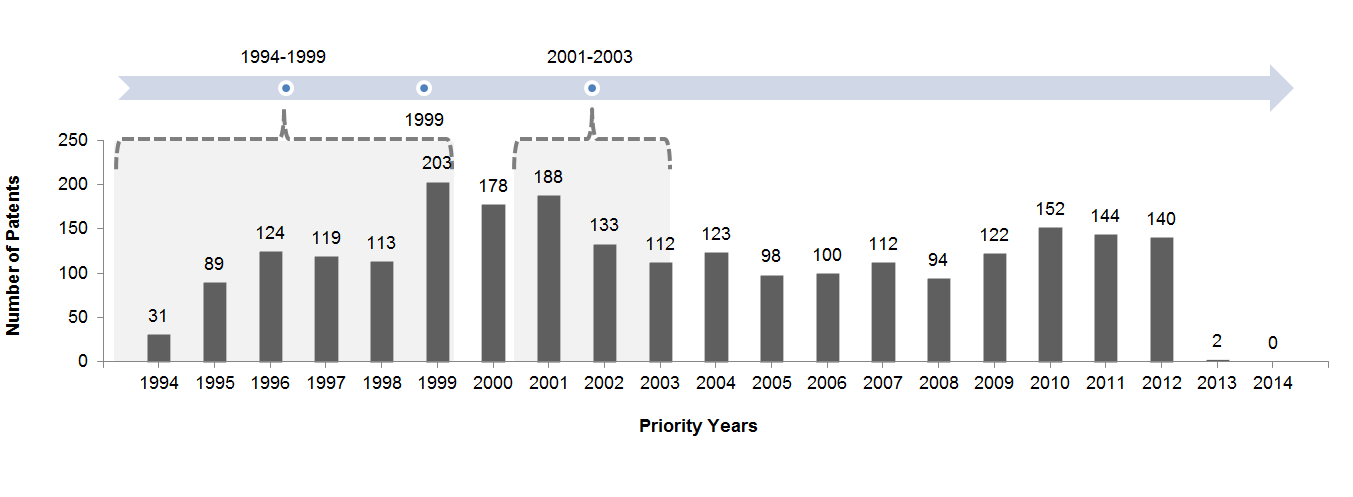Sports – A major source of entertainment for centuries altogether has not yet witnessed a plunge in its popularity. In fact, with the evolution of technology, they have become more popular than ever. A major reason behind their increased popularity being improvement in various facets– Be it in the design of sports equipment or apparel, accuracy in measurement of performance – enabling referees to make better decisions – or a better viewing experience for spectators.
Let’s be honest – How many of you haven’t streamed FIFA World Cup on your smartphones? If you had the day off, chances are you must have been in front of your Smart TV entire time, streaming the world cup on Hulu or Youtube TV. Well, Football deserves that kind of attention. But there’s another sport, which became hugely popular before the onset of the new millennium and succeeded in retaining its popularity till date. Yes, we’re talking about Golf – one of the 10 most popular sports in the world.
Golf – The Technological Evolution
The origins of modern Golf could be traced to 15th century Scotland, while the game received international popularity in the late 19th century after spreading out to Britain and the United States.
The game has come a long way since then. Unlike the past where golfers used wooden shafts, chose between losing grip using gloves or losing gloves and welcoming blisters for a firm grip, trodding across the course on uncomfortable shoes with metal spikes, a lot has changed with the touch of technology in the golf industry.
Today’s golfer wears lightweight shoes with plastic spikes, plays with hybrid shafts and uses GPS devices to find the exact distance of a shot.
Technology has definitely played a major role in improving the game of golf. As a result of which, Golf played its rightful part in contributing to the economy. According to the Golf Economy report, the game generated $191.9 Billion in economic output in the US in 2016 alone while supporting 1.89 Million jobs. All thanks to technology’s golden touch.
Reading more into the subject made us ponder – Is there a way to fathom the technological evolution in Golf industry?
There was, in fact, one – Patents. Let me elaborate.
Patent filing is considered as a sign of innovation in any industry. Patents indicate the state of the research and development in any business or technology oriented domain. So we thought, why not pore over existing patent filing data related to the golf industry and try to answer the question.
Patent Filing in Golf from 1994-2012
To get started, we extracted patent filing data of US, Europe, Australia, Canada, Great Britain and WIPO from the period of 1994 to 2012. The below chart portrays the patent filing activity based on priority year of patents. Here’s what we found.
 Patent Filing Trend in Golf before 1999
Patent Filing Trend in Golf before 1999
Before 1995, the rate of patent filing was a bit low, however, it gradually increased during the period from 1995 to 1998. What was the reason behind the increase, you ask?
Tiger Woods Effect.
That’s right. According to research studies, during the period from 1994 to 1999, there was an increase in the number of golf players. Why?
Because of Woods’ – a child prodigy of color – first Master’s victory in 1997, at the age of 21, the youngest player ever to win the tournament. Woods performance motivated a diverse audience – including people of color and other minorities – to make an entry into the game of golf which resulted in the increase. In fact, the wood effect was so powerful, Nike signed a $40 Million agreement with Woods before he hit his first shot at the PGA tour.
“What Michael Jordan did for basketball, [Woods] absolutely can do for golf. The world has not seen anything like what he’s going to do for the sport.” – Phil Knight, Nike Chairman.
Tiger Woods Effect led to an increase in people’s interest in the game and subsequently, companies started investing more in research and development to provide better products for users. This can also be understood from the increase in patent filing during this period.
Patent Filings in Golf in 1999
In 1999 alone, a majority of Golf related patents were filed. Some of the biggest filers and their R&D focus are listed below.
Research & Development in Golf Balls by Callaway
Callaway Golf – A company focused on Golf – increased its patent filing by 335% in 1999. The company had filed 14 patents in 1998 and in the next year filed 61 patents. The reason traced, as per research material available online, was the restriction of the organization’s primary focus to golf balls while abandoning all other ongoing operations.
This resulted in extensive R&D in the domain of Golf balls by Callaway’s executives, followed by filing in the same.
Research & Development in Golf Domain by Sumitomo & Bridgestone
Apart from Callaway Golf, companies like Sumitomo and Bridgestone also made noticeable progress in patent filing.
According to statistics, Sumitomo filed 35 patents in 1998 and 44 in the following year. Similarly, Bridgestone filed 33 patents in 1998 and increased filing to 49 in 1999.
Patent Filing Trend in Golf after 1999
Patent filing in Golf domain witnessed a sharp plunge after 2001. The major reason for the plunge being recession.
Recession
The economic recession in 2001 affected the Golf ball market adversely. Companies operating in the domain slowed down R&D efforts in Golf, waiting for the economy to recover. As the economy started to stabilize, companies continued innovating in the domain, filing patents steadily.
Impact of Smart Phone Apps & Games
The rise of smartphones played a significant role in the advertisement of Golf among the new generation. People started getting fascinated with the magnificence of Golf, after playing the online version on their 4-inch screens. More people started signing up for playing in the lush greenery of Golf fields. In fact, according to a Forbes piece, in 2015, a total of 2.2 Million took up the game, approaching the record of 2.4 million, set at the peak of Tiger Woods’ popularity.
The online versions received huge popularity too. In fact, there are multiple patents filed on smartphone-based Golf apps. The apps made the game better in its own way, enabling players to track scores, distance to holes, as well as aerial and satellite views of each hole, including video flyovers for many and multiple other features. That little computer in our pockets made a significant impact on the game, helping not merely with advertising but improving gameplay multifold too.
Olympic Games
After a 112 year hiatus, Golf finally made a return to Rio Olympics in 2016 for a couple of test runs. The board originally decided to reinstate Golf for 2016 and 2020 Olympic games and depending on the popularity in 2016, make a final decision whether to include it in the subsequent games or not.
Post-2016 Olympics, the International Olympic Committee approved the inclusion of Golf in 2024 Olympics that is to be held in Paris. Whether the game would make it to 2028 Los Angeles Olympics, could only be figured after the Tokyo games.
One thing is definite – The reinstation of Golf in 2020 and 2024 Olympics would definitely instigate a lot of interest in people’s mind towards the game. Consequently, this would also impact the business dynamics associated with the golf industry. It remains to be seen whether the game would witness a stark increase in innovation and patent filing one more time, and how it compares to Woods effect in 1999.
Editor’s Note: While we’re still talking about technological evolution, how does the idea of a LED bulb being used for Internet transfer sound? Yes, We’re talking about LiFi, the technology that has the potential to change the way we communicate. We dug deep into the technology and created an entire series around it, listing its background story, what it is and how it works, the who’s who in the domain and all the major players and countries innovating in the technology domain. Not just that, we listed all the current problems with LiFi and solutions being used by the industry to solve these problems. What’s better, we covered all these insights in a report that you could read at your leisure. Download the report by filling the form below.











